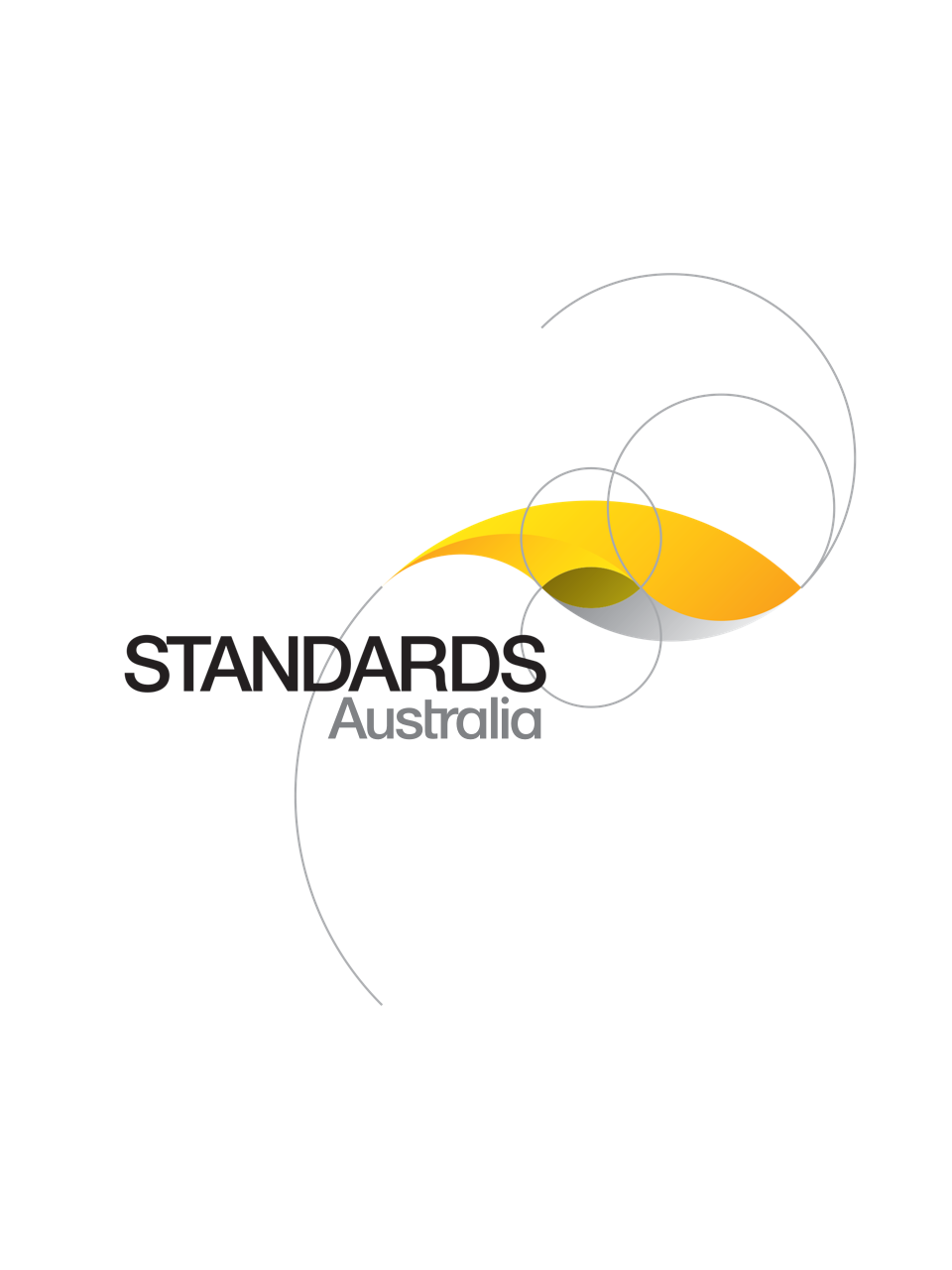Standard
Track updates
AS 5100.9:2017
[Current]Bridge design, Part 9: Timber
Sets out requirements for the design and construction of timber bridges and associated structures, including members that contain steel connections. Also includes requirements for the design of stress-laminated timber (SLT) decks for bridges.
Published: 31/03/2017
Pages: 78
Table of contents
Cited references
Content history
Table of contents
Header
About this publication
Preface
Foreword
1 Scope and general
1.1 Scope
1.2 Application
1.3 Normative references
1.4 Definitions
1.5 Notation
2 Materials
2.1 Timber
2.1.1 General
2.1.2 Engineered wood products
2.1.2.1 Glued-laminated timber
2.1.2.2 Laminated veneer lumber (LVL)
2.1.3 Density
2.1.3.1 Hardwood
2.1.3.2 Softwood
2.2 Connectors
2.3 Prestressing tendons
2.3.1 Properties of tendons
2.3.1.1 Strength
2.3.1.2 Modulus of elasticity
2.3.2 Materials for ducts, anchorages and tendons
2.3.2.1 Ducts
2.3.2.2 Anchorages
2.3.2.3 Tendons
2.3.3 Construction requirements for tendons
2.3.3.1 Fabrication
2.3.3.2 Protection
2.3.3.3 Tensioning
2.3.3.4 Maximum jacking forces
3 Design for strength and stability
3.1 Design requirements
3.1.1 Aim
3.1.2 Design for ultimate limit states (ULSs)
3.1.3 Design for serviceability limit states (SLSs)
3.2 Strength
3.3 Stability
3.4 Durability
3.5 Deflection
3.5.1 General
3.5.2 Modification factor for creep
3.6 Vibration
3.7 Modification factors
3.7.1 Duration of load
3.7.2 Moisture condition
3.7.3 Temperature effects
3.7.4 Strength sharing effects for SLT decks
3.7.5 Size effects
3.7.6 Beam stability factor
3.7.7 Beam stability coefficient (Sb)
4 Design for durability
4.1 Durability of timber
4.2 Natural durability and preservative treatments
4.2.1 General
4.2.2 No preservative treatment
4.2.3 Preservative treatment to sapwood alone
4.2.4 Preservative treatment to heartwood and sapwood
4.2.5 Minimum hazard classes for timber bridges
4.3 Fabrication
4.4 Durability of steel components
5 Stress-laminated timber (SLT)
5.1 Scope of section
5.2 Types of SLT decks
5.2.1 SLT plate decks
5.2.2 SLT T-beam decks
5.2.3 SLT cellular decks
5.3 Durability requirements
5.3.1 Wearing course and deck protection
5.3.2 Protection of stressing elements
5.3.3 Butt joints between timber laminates
5.4 Design requirements
5.4.1 Barriers
5.4.2 Maintenance considerations
5.4.3 Geometric requirements
5.5 Methods of structural analysis
5.5.1 General
5.5.2 Effective width method for SLT plate decks
5.5.3 Load distribution method for SLT T-beam and cellular decks
5.5.4 Calculation of bearing forces for vertical and horizontal loads
5.5.4.1 Horizontal loads
5.5.4.2 Vertical loads
5.6 Serviceability—Control of deflection
5.7 Design capacity
5.7.1 General
5.7.2 Bending capacity
5.7.2.1 General
5.7.2.2 Bending capacity for SLT plate decks
5.7.2.3 Bending capacity for SLT cellular decks
5.7.2.4 Bending capacity for SLT T-beam decks
5.7.3 Bearing capacity
5.7.3.1 Design capacity for bearing perpendicular to the grain
5.7.3.2 Design capacity for bearing parallel to the grain
5.8 Design of prestressing elements
5.8.1 General
5.8.2 Spacing of prestressing elements
5.8.3 Maximum jacking forces
5.8.4 Minimum design prestress force
5.8.5 Maximum design prestress force
5.8.6 Minimum prestress force in service
5.8.7 Maximum and minimum levels of pressure due to prestress
5.8.8 Holes for prestressing elements in timber laminates
5.9 Design of anchorage systems
5.9.1 General
5.9.2 Anchorage system with edge channel
5.9.3 Anchorage system without edge channel
6 Timber members
6.1 Scope of section
6.2 Methods of structural analysis
6.2.1 General
6.2.2 Elastic analysis
6.2.2.1 Assumptions
6.2.2.2 Second-order effects
6.2.3 Differential temperature and moisture effects
6.2.3.1 Differential temperature effects
6.2.3.2 Differential moisture effects
6.2.4 Rigorous structural analysis
6.3 Design capacity
6.3.1 Bending capacity
6.3.1.1 Uniaxial bending capacity
6.3.1.2 Biaxial bending capacity
6.3.2 Compression capacity
6.3.2.1 Axial compression
6.3.2.2 Column stability factor
6.3.2.3 Column stability coefficient
6.3.2.4 Effective length factor
6.3.3 Combined bending and compression capacity
6.3.4 Tension capacity
6.3.5 Design capacity in combined bending and tension
6.3.6 Shear capacity
6.3.7 Bearing capacity
6.3.7.1 Design capacity in bearing perpendicular to the grain
6.3.7.2 Design capacity in bearing parallel to the grain
6.3.7.3 Design bearing capacity at an angle to grain
7 Connections
7.1 Scope of section
7.2 Joint groups and joint types
7.2.1 Joint groups
7.2.2 Joint types
7.3 Requirements for connections
7.3.1 General
7.3.2 Minimum design actions on connections
7.3.3 For strength-reducing characteristics at joints
7.3.4 For eccentric joints
7.3.5 Combined connections
7.3.6 Splices in members subject to axial compression
7.4 Design of bolted joints
7.4.1 General
7.4.2 Characteristic capacities for bolts
7.4.2.1 General
7.4.2.2 Characteristic capacity parallel to the grain
7.4.2.3 Characteristic capacity perpendicular to grain
7.4.2.4 Characteristic capacity for a bolted joint system
7.4.2.5 Maximum tensile load capacity
7.4.3 Design capacity for bolted connections
7.4.3.1 General
7.4.3.2 Type 1 joint
7.4.3.3 Type 2 joint
7.4.4 Spacings, edge and end distances for bolts
7.4.4.1 General
7.4.4.2 Loads parallel to grain
7.4.4.3 Loads perpendicular to grain
7.4.4.4 Loads acting at an angle to the grain
7.4.5 Washers
7.4.6 Eccentric joints
7.5 Design of coach screwed joints
7.5.1 General
7.5.2 Characteristic capacities for coach screws
7.5.2.1 Type 1 joints
7.5.2.2 Type 2 joints
7.5.2.3 Maximum tensile capacity
7.5.3 Design capacity of joints containing coach screws
7.5.3.1 Type 1 joints
7.5.3.2 Type 2 joints
7.5.4 Spacings, edge and end distances for coach screws
7.6 Design of dowelled fin plate joints
7.6.1 General
7.6.2 Requirements for components in dowel joints
7.6.2.1 Dowels
7.6.2.2 Steel fin plates
7.6.2.3 Slots in timber members
7.6.2.4 Holes
7.6.2.5 Timber members
7.6.2.6 Clamping bolts
7.6.3 Characteristic capacities for dowels
7.6.3.1 General
7.6.3.2 Characteristic capacity parallel to the grain
7.6.3.3 Characteristic capacity perpendicular to grain
7.6.3.4 Characteristic capacity for a dowelled fin plate joint system
7.6.4 Design capacity for dowelled connections
7.6.5 Spacings, edge and end distances for dowels
7.6.5.1 General
7.6.5.2 Loads parallel to grain
7.6.5.3 Loads perpendicular to grain
7.6.5.4 Loads acting at an angle to the grain
Appendix A
A1 General
A2 Column material constant
A3 Beam material constant
A4 Design properties for connections
Bibliography
Cited references in this standard
[Current]
Characterization of structural timber and engineered wood products, Part 2: Determination of characteristic values
[Current]
Timber - Solid - Stress-graded for structural purposes, Part 1: General requirements
Content history
DR AS 5100.9:2014
One-time Purchase
Access via web browser on any device
One-time purchase
Single publication
Offline access via PDF^
$275.61 AUD
Inclusive of GSTFormat *
Web Reader
Licenses *
1 License (for yourself - not shareable)
Total$275.61 AUD
IMPORTANT
